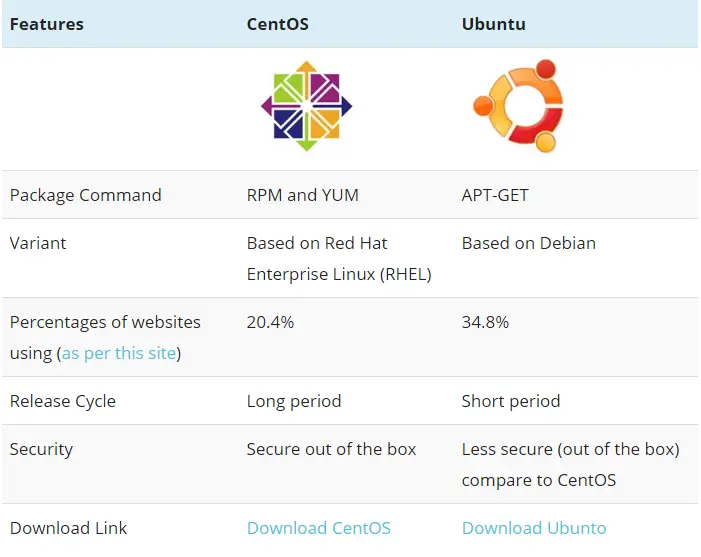Fedora vs. CentOS Stream: Unveiling the Differences in Cutting-Edge Innovation and Continuous Delivery

Within the vast landscape of operating systems, Fedora and CentOS Stream stand as towering presences, each offering a distinct flavor of Linux tailored to specific user needs. While both distributions share a common lineage—namely Red Hat Enterprise Linux (RHEL)—they diverge significantly in their approaches to software delivery.

Fedora: Embracing Innovation and Cutting-Edge Technologies

Fedora, a community-driven distribution, serves as a testing ground for the latest and greatest software packages. Aiming to provide a real-world glimpse into the future of open-source software, Fedora enjoys a rolling release cycle that continuously introduces new features and bug fixes. This constant bleeding-edge approach allows users to experience the newest software innovations at the expense of occasional stability concerns.
CentOS Stream: Prioritizing Stability and Continuous Delivery
In contrast, CentOS Stream adopts a more pragmatic approach to software distribution. Designed as a perpetual test environment for upcoming RHEL releases, CentOS Stream provides a stable and predictable foundation for enterprise use. By continuously updating with upstream RHEL development repositories, CentOS Stream ensures a smooth transition to the latest RHEL releases without the frequent disruptions associated with Fedora.
Which Distribution Suits Your Needs?
The choice between Fedora and CentOS Stream ultimately depends on individual requirements. For bleeding-edge enthusiasts or those seeking to contribute to the development process, Fedora shines with its constant stream of innovations and upstream focus. However, if stability and predictability are paramount, CentOS Stream emerges as the ideal choice, bridging the gap between cutting-edge technologies and enterprise-grade reliability.
Summary Table: Key Differences
| Feature | Fedora | CentOS Stream |
|---|---|---|
| Release Cycle | Rolling release | Continuous delivery |
| Focus | Innovation and testing | Stability and enterprise readiness |
| Software Source | Upstream RHEL development repositories | Downstream RHEL development repositories |
| Target Audience | Cutting-edge users, developers | Enterprise users, system administrators |
| Recommended for | Personal computers, testing environments | Servers, production environments |

That what I need to clear my confusion. Thumps up!
Very complete, easy to understand and full of usefull info! The visualization of the stream and software flow on top! Relay exellent work.
Are You Sure about that topic! there are some things that doesnt make sense.
Nobody can argue with those facts. I personally think not everyone is going to agree with you, that´s normal.. Keep the great work.
This is wortheless. In fact, this shows the author has not so much knowledge as he protend.
I really was wondering about it. Thanks for clarifying!!
So fedora compared to centos stream is like a flatpak compared to a rpm, right?.
Amazing what incredible information that I have just read here. I want more I want moreeeeeee
Agréable à lire et très complet. Merci beaucoup pour cette article très enrichissant.
The paragraph about containers made me realize how uncertain my knowledge is about this topic. OMG I need to study more, I know so less
Those are so wrong!
I went too quickly over the differences and missed one important distinction. That´s was really uselfull!
The differences between Fedora and CentOS Stream has not been completely clarified, I have some doubts yet.